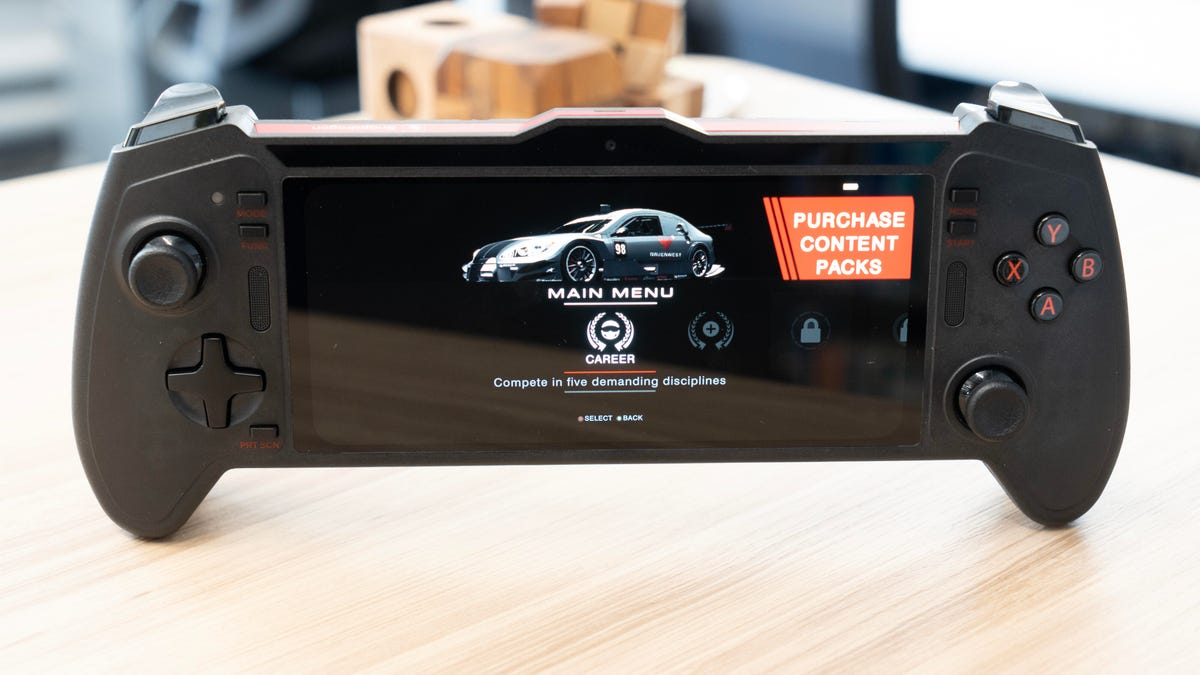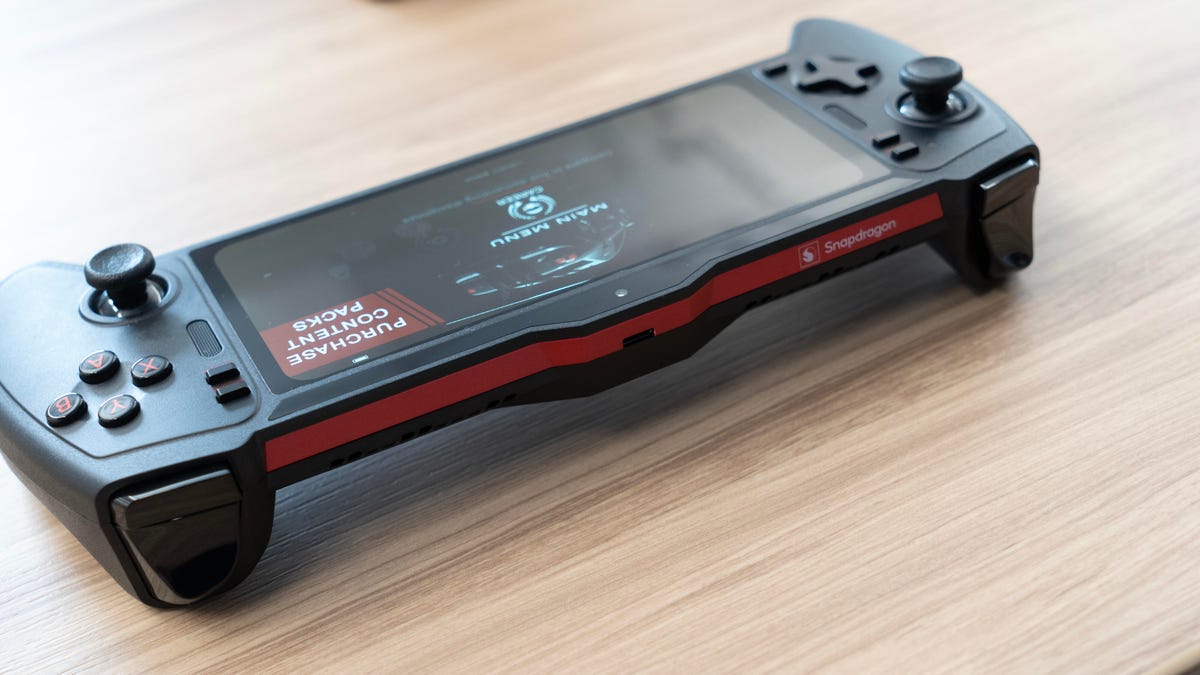No one knows yet what the perfect device looks like for mobile gaming, but we’re getting a sense of what will be on the inside of them — and it looks like it’ll come from either AMD or Qualcomm. And Qualcomm’s making a bid to be inside game-focused handhelds across the price spectrum with its Snapdragon G series.
Qualcomm’s reached the reference design stage for the top-of-the-line G3x Gen 2 chipsets, the processors for products intended to have the whizziest features and performance. (A reference design is something between a proof-of-concept and a way to give manufacturers something to work from to design and build their own products.) It’s the second generation of the G3; Razer used the Gen 1 in its Razer Edge.

What counts as whizzy? Everything you need to play mobile AAA games and other power-draining, heat-generating mobile games that you don’t want to inflict on your phone: active cooling, hardware ray tracing, haptics, upscaling for games, XR glasses tethering, the latest generation of Bluetooth (for lowest latency audio connections), and high-speed WiFi 7 and 5G networking. Breakout illustrations also suggest dual 3,000mAh batteries, plus the chipset supports upgradable storage.
Qualcomm doesn’t have any high-profile partners lined up yet (though there’s always this power team up) — or at least isn’t talking about any of them — just OEMs whose names you probably wouldn’t recognize.
The reference design I saw for the G3x Gen 2 was pretty similar to the one Scott Stein saw when Qualcomm first launched the G3, just a little boxier. Plugged in with a set of XR glasses gave a taste of that future, which offers more immersion (and comfort) because you can look forward — a lot more comfortable over long stretches than looking down.
At the moment, the nascent mobile market is pretty much owned by Qualcomm and AMD. AMD’s Ryzen processors are popular for expensive gaming devices like the Xbox Series X|S and PS5 consoles as well as handhelds designed to run PC games like the Valve Steam Deck and the new Asus ROG Ally. And if it runs Android, chances are it’s got an Qualcomm Snapdragon inside.
True, most of those are phones, but the Logitech G Cloud and Razer Edge also fall into that camp. The Nintendo Switch is an outlier, a relatively old handheld still equipped with an Nvidia Tegra X1 — a chip that debuted in 2015 — but Nintendo uses a lightweight, proprietary operating system and games are constrained to work within the performance limitations. Who knows if it will carry through to the Switch 2, whenever that appears.

For that end of the spectrum (more or less under $200), Qualcomm is offering the Snapdragon G1 for devices almost solely intended to stream games locally — the way PlayStation’s Portal (formerly Project Q) is just a remote way to play games running on your PS5 — or playing via the cloud with services like GeForce Now and Xbox Game Pass Ultimate Cloud Gaming.
Because the device doesn’t do any onboard rendering when streaming games, just processing input and output and decoding video, they won’t run hot. So they’re intended for fanless designs, low input lag and optimized for battery life. It’s Wi-Fi only, which helps keep the cost down; but it’s a bit disappointing that it’s WiFi 5, which isn’t as robust for this use as WiFi 6 and above or 5G.
And in the middle sits the Snapdragon G2, which adds native mobile games to cloud gameplay and better networking: WiFi 6/6E and 5G.
I wouldn’t expect to see any devices incorporating the G series before CES 2024, although it’s possible Razer could slip in a Gen 2 upgrade in its Edge beforehand.
